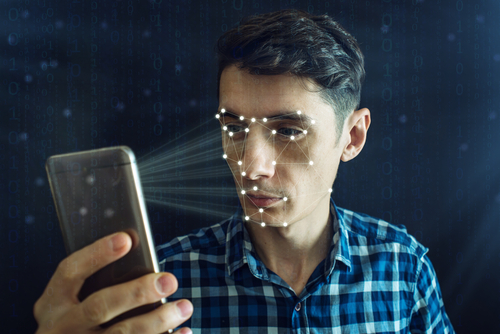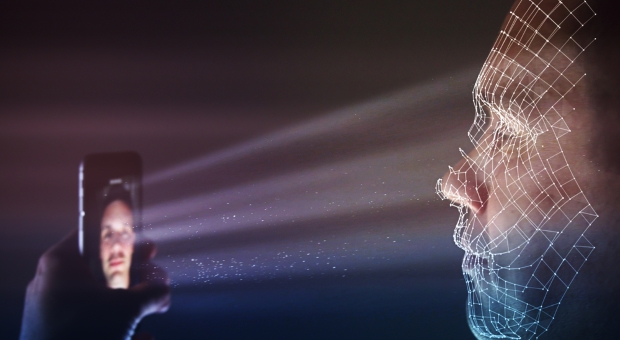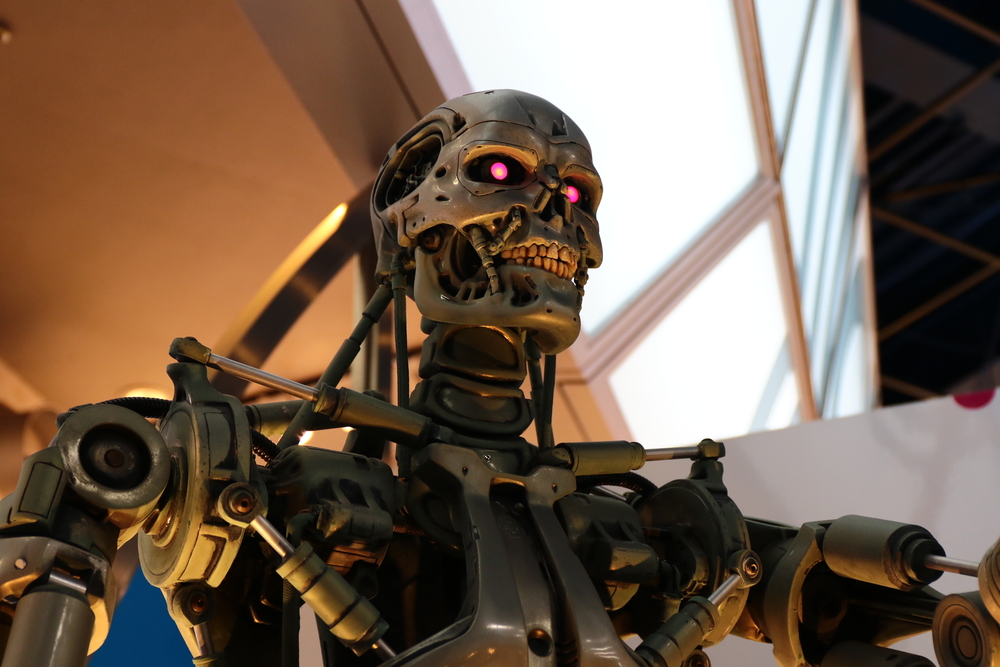San Francisco, long one of the most tech-friendly and tech-savvy cities in the world, is now the first in the United States to prohibit its government from using facial-recognition technology.
The ban is part of a broader anti-surveillance ordinance that the city’s Board of Supervisors approved on Tuesday. The ordinance, which outlaws the use of facial-recognition technology by police and other government departments, could also spur other local governments to take similar action. Eight of the board’s 11 supervisors voted in favor of it; one voted against it, and two who support it were absent.
Facial-recognition systems are increasingly used everywhere from police departments to rock concerts to homes, stores and schools. They are designed to identify specific people from live video feeds, recorded video footage or still photos, often by comparing their features with a set of faces (such as mugshots).
Early days for facial recognition laws

Yet AI researchers and civil rights groups such as the American Civil Liberties Union are particularly concerned about accuracy and bias in facial-recognition systems. There are concerns that they are not as effective at correctly recognizing people of color and women. One reason for this issue is that the datasets used to train the software may be disproportionately male and white.
It may seem to some that facial recognition came out of nowhere. But in truth, this technology has been in the works for some time. This post will take a look at the history of face recognition in order to shed light on how this transformative tech came to be, and how it has evolved over time.
Here are some key events in the history of facial recognition…<<
Surviving in the Age of Artificial Intelligence
A recent Facebook experiment in artificial intelligence has garnered a lot of attention across the internet.
Stories vary considerably, ranging from pure reporting of a technological accomplishment to humor at what had happened to outright fear about the potential of computers going haywire and turning against their human owners like in some science fiction story.
The truth of the matter is somewhat more benign.
This was an experiment and the two computers were chatting about nothing more nefarious then how to divvy up a number of items. The experiment was about how well the robots (not physical humanoid robots as much as artificial intelligence computer programs) could negotiate with one another to come to an agreement.
As such, it was no more serious than people negotiating over price at a garage sale.
In the process of the negotiations, the two robots actually developed their own language, or at least something that hints at language.
Find out more about surviving the new dangerous wave of technology…<<









Kevin S | February 17, 2020
|
Was it really what they claim, or were the political hacks who run San Francisco worried about the possibility of them being caught and exposed for being the pedophiles most of them are? Or being identified while buying illicit drugs?
Now, I’m a strong believer in the basic human right of privacy, but when radical leftists oppose something they’d normally ram down our throats, you have to be suspicious of their motives.